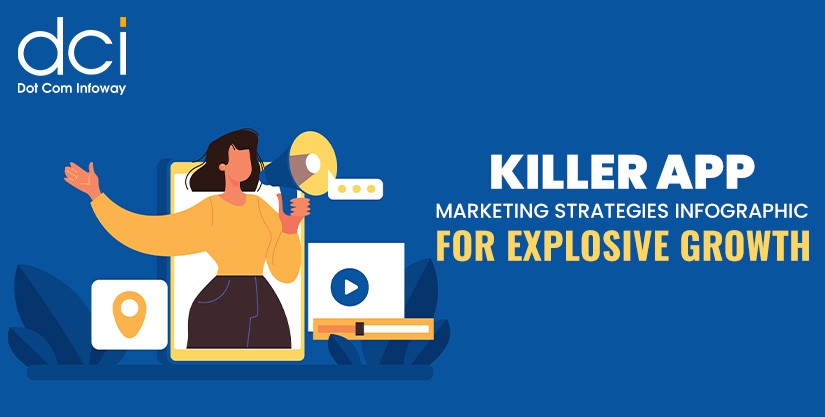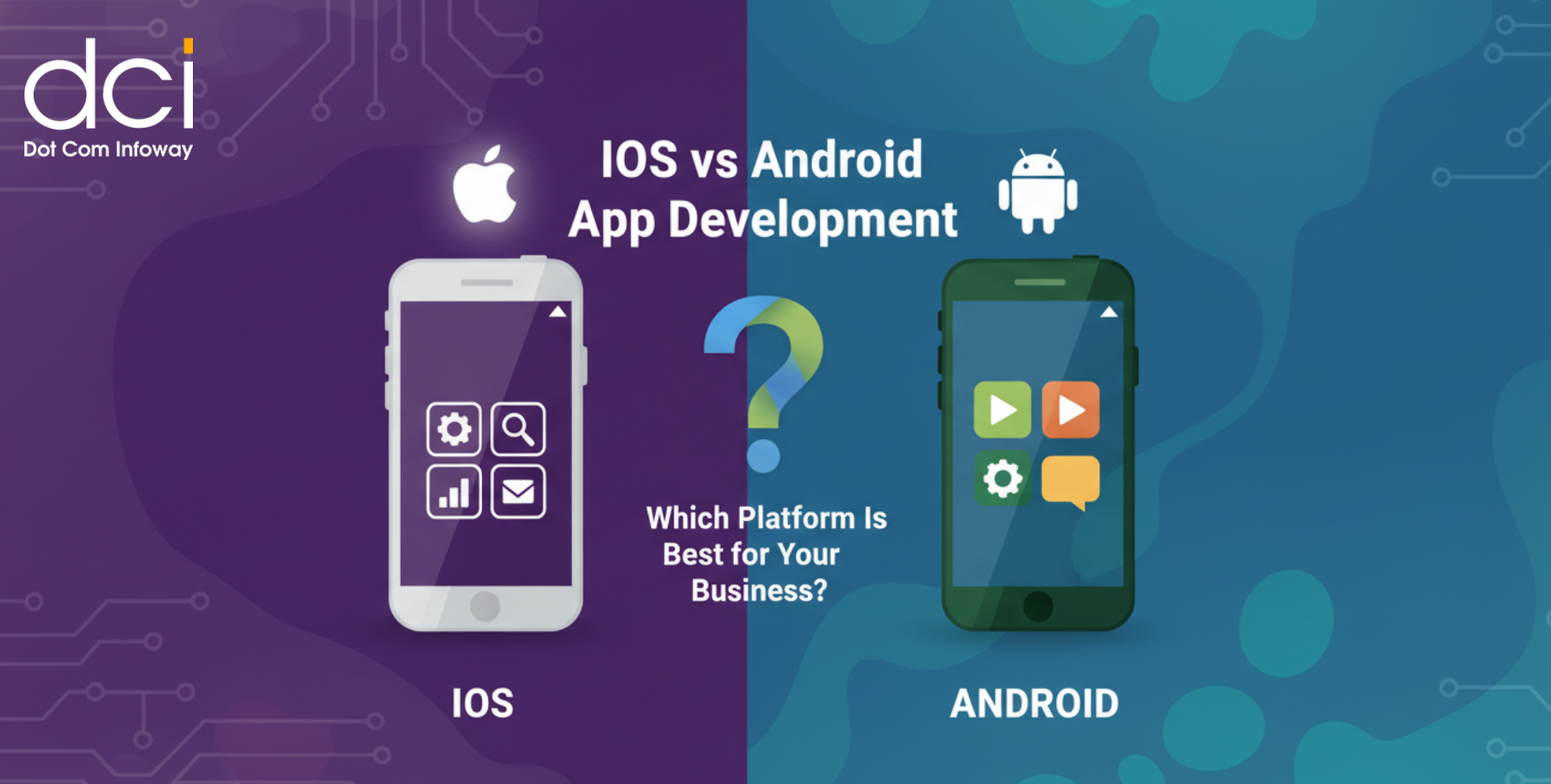Different Elements of Social Proof to Design in an eCommerce Website
4 mins read
With so much fierce competition on digital platforms, many business owners have taken advantage of the social proof that they’ve received from satisfied customers. This digital marketing strategy of an e-commerce website is one of the surest ways to enhance the decision buying process among consumers. Below are different elements of social proofing that will enhance the conversion rate of e-commerce websites as listed below.
What is social proof?
Before we dive in, allow us to provide a brief explanation of what social proof actually is. Social proof is a newly emerged trend whereby potential customers assume that the actions and experiences of other customers are true based on their previous experiences with a retailer. These experiences are now known as social proof that has been used to help cautious potential customers with their making their final buying decisions. Their mode of behavior is then based on the assumption that those who have firsthand experiences with a product or services possess more knowledge and is now qualified to influence others.
As a result, eCommerce sites are now using social proof to reinforce the behavior they’d like emulated by other visitors.
Different Elements and Examples of Social Proof
1. The Fear of Missing Out
The fear of missing out involves the scarcity of an item. It shows visitors how many items are left and available for sale, or how much time remains before a sale is over. The intent is to compel visitors to move quickly before all the items are gone.
2. Credibility Taglines
When a company uses taglines that include some form of credibility, such as “1 million served” or “used by thousands of people every day” it creates instant credibility and results in onlookers feeling more confident about trying a product or service that already worked well for so many others.
3. Sold-out Signs
Many companies will place and leave “sold-out signs” on images that appear on eCommerce websites. It provides a dual purpose:
- It lets visitors know that a lot of people are interested in the product and are buying it.
- This strategy also creates the fear of missing out. It suggests that since you missed out on one item, so you don’t want to miss out on another.
4. Testimonials and Celebrity Endorsements
The use of testimonials and celebrity endorsements is one of the most effective strategies to drive potential customers to take a good look at your product or service and gain enough confidence to make a sale. This strategy has been known to converts visitors at alarming rates. It suggests that if others, more particularly trusted celebrities, have tried the product or service and are satisfied, then it must be ok for you to try too.
5. Badging Items
Badging items is a strategy used by eCommerce retailers as a means to flag items that have been favored by others. These badged items have been known to sell at twice the rate of non-badged items.
Basically social proof is a strategy that helps eCommerce retailers converts tire kickers into customers by shifting their buying decisions with validations from previous users. As consumers go through the buying decision process, social proof provides them with that extra push they need to make the purchase.
Latest Posts
Get the latest insights from Dot Com Infoway straight to your inbox.






![The Game Marketing Guide: Pre and Post-Launch Strategies [Infographic]](https://www.dotcominfoway.com/wp-content/uploads/2023/09/DCI-Game-Marketing-blog-1.jpg)















